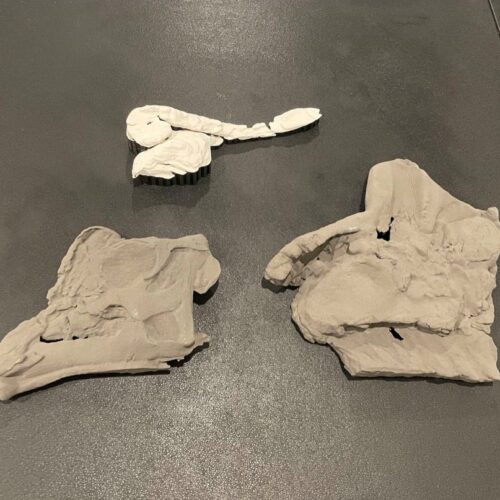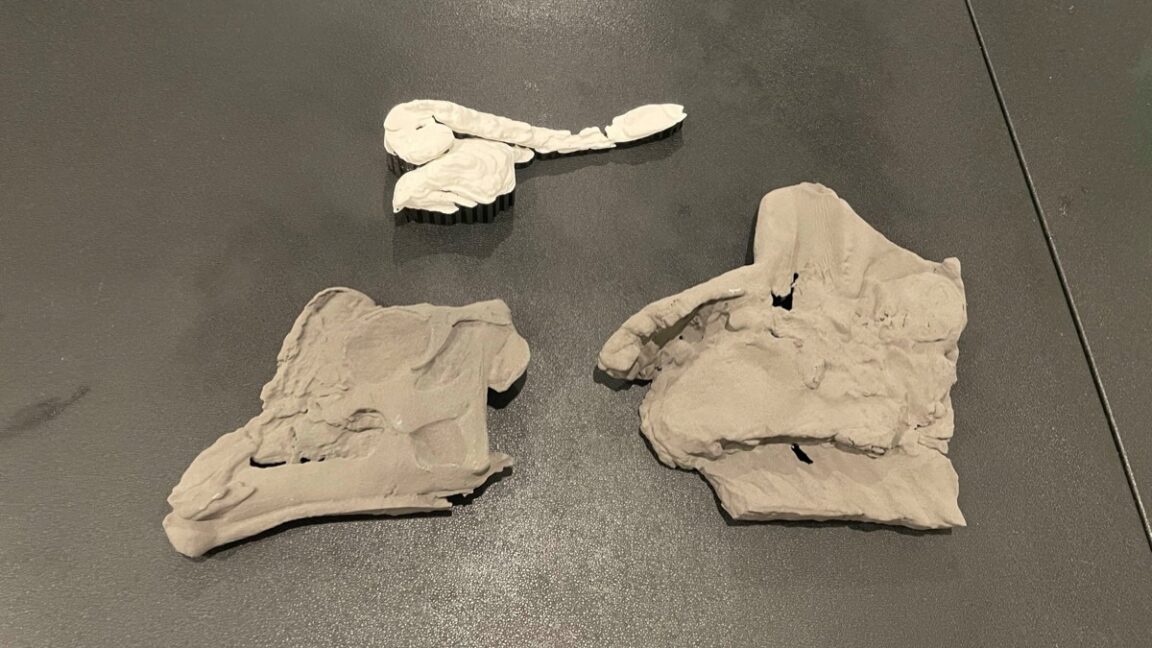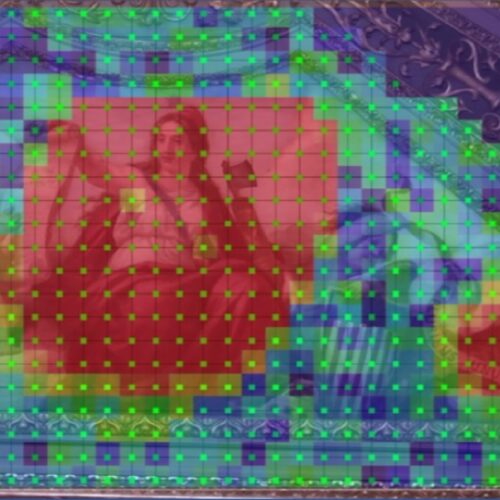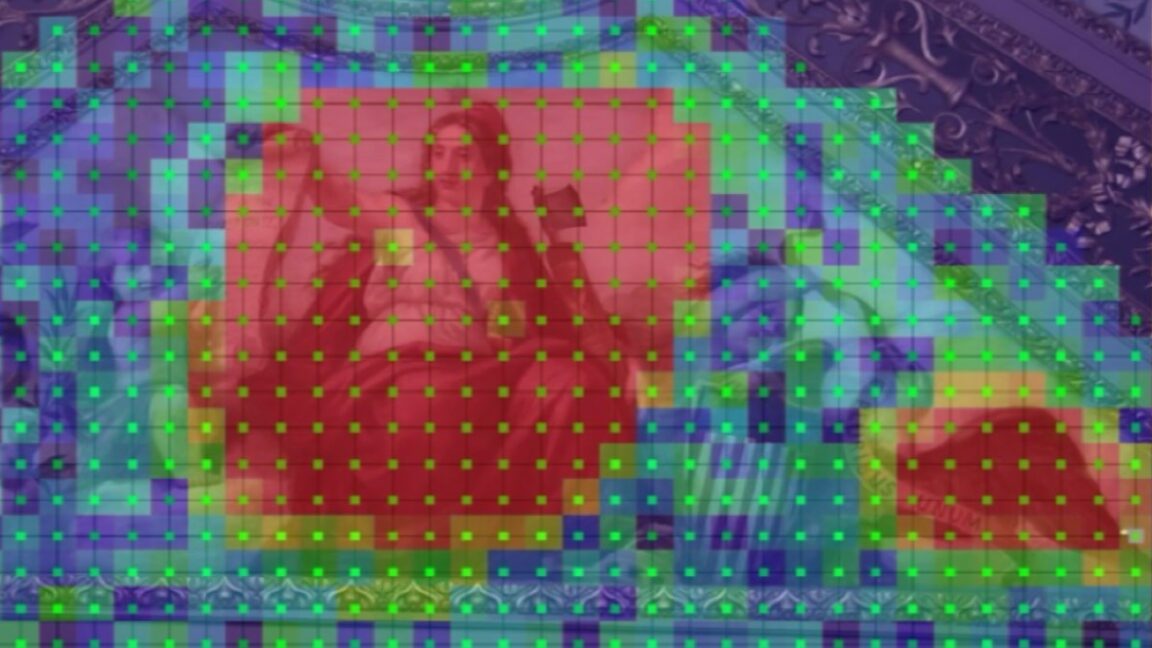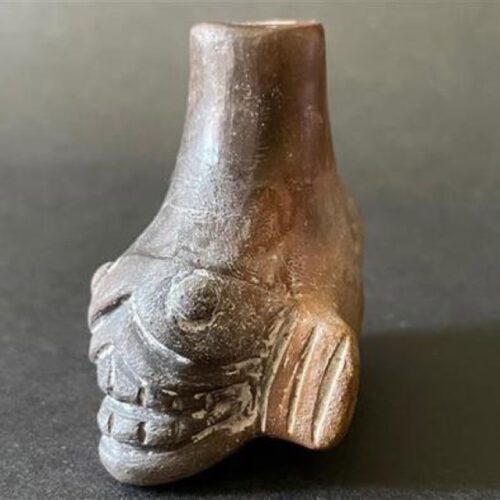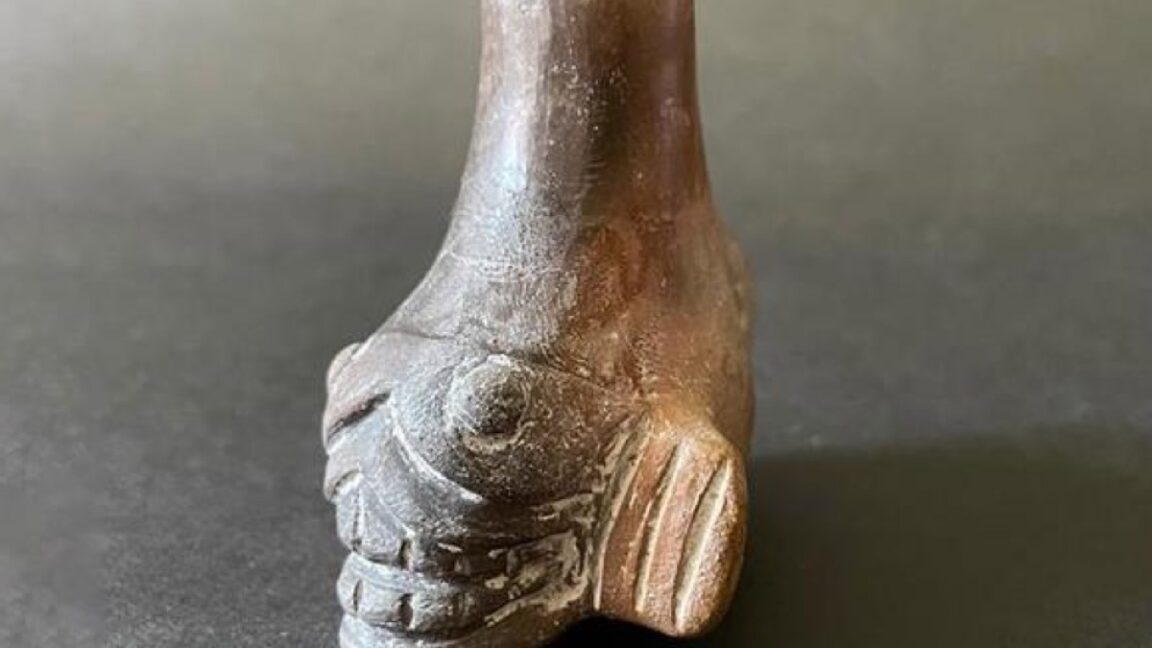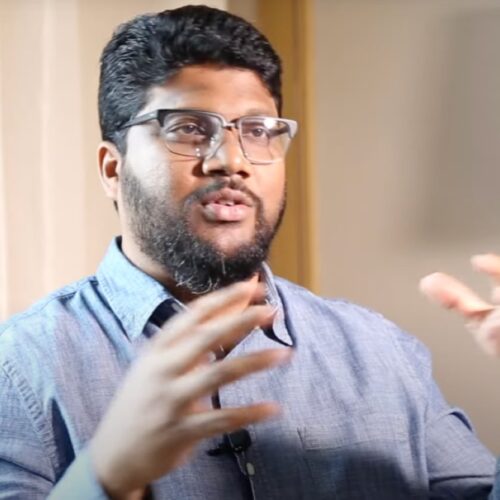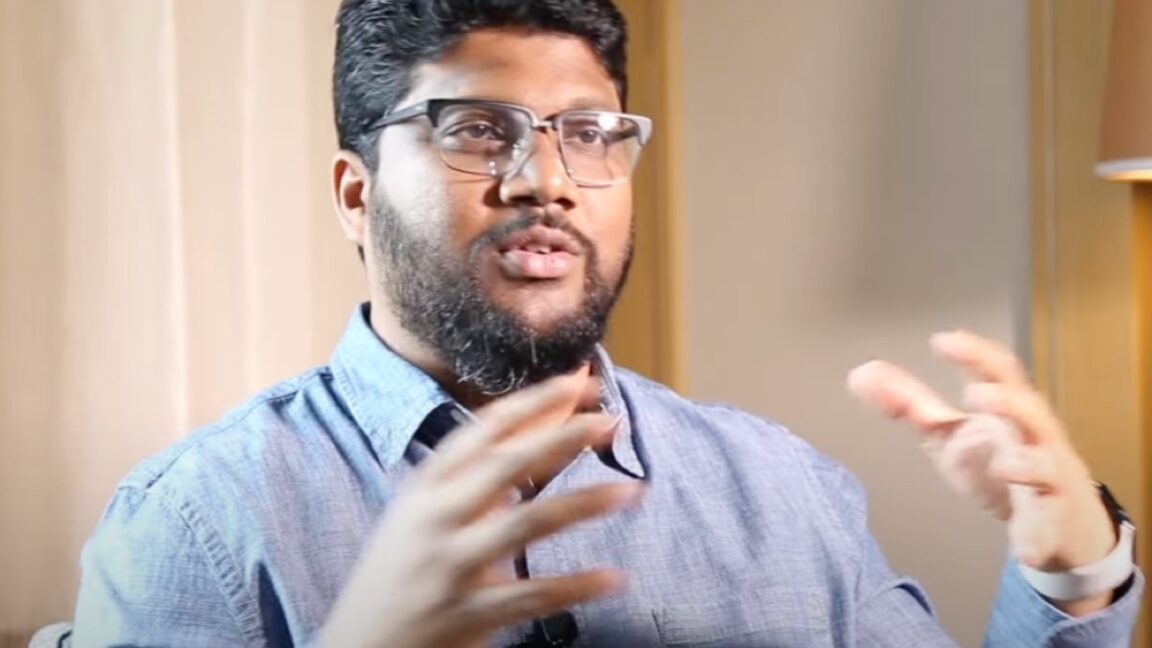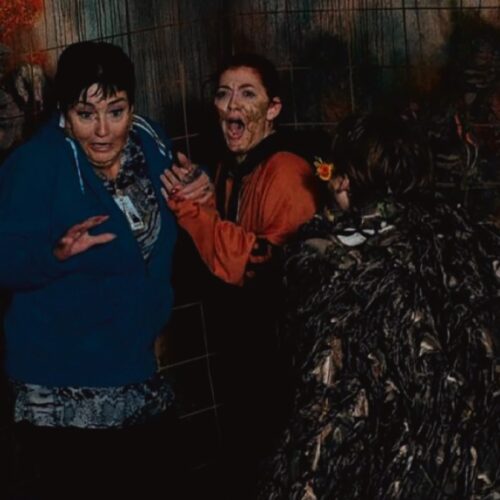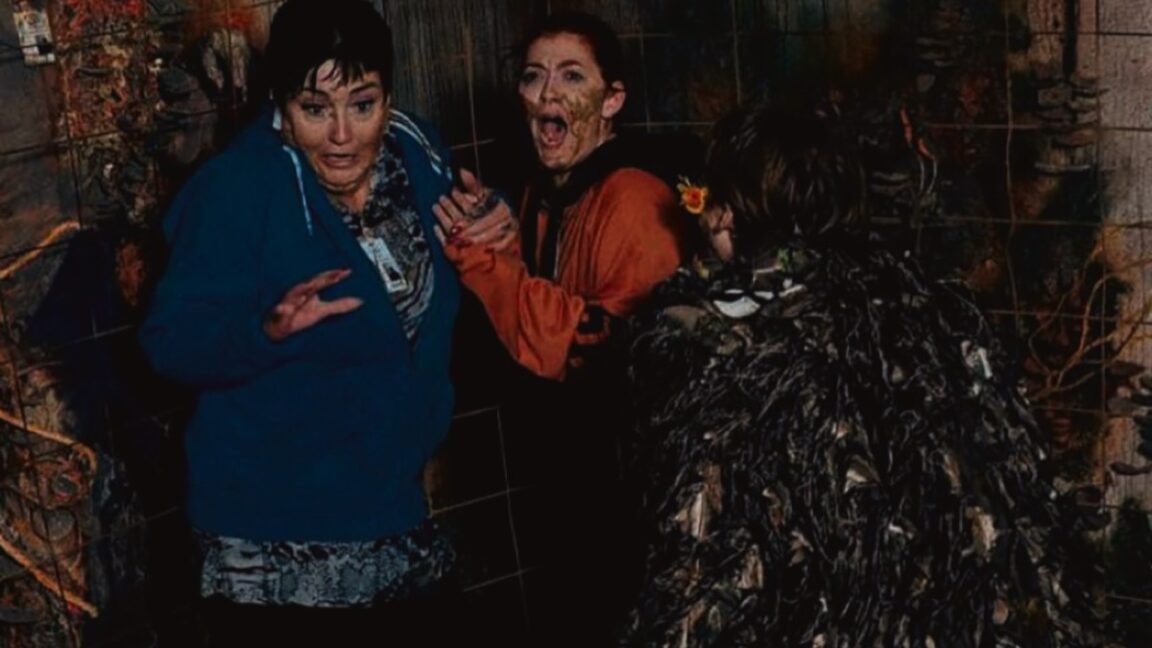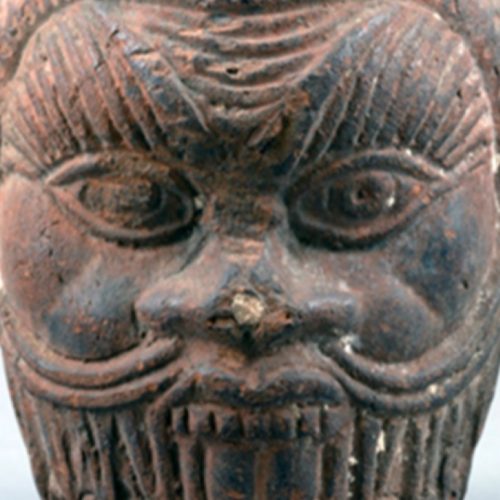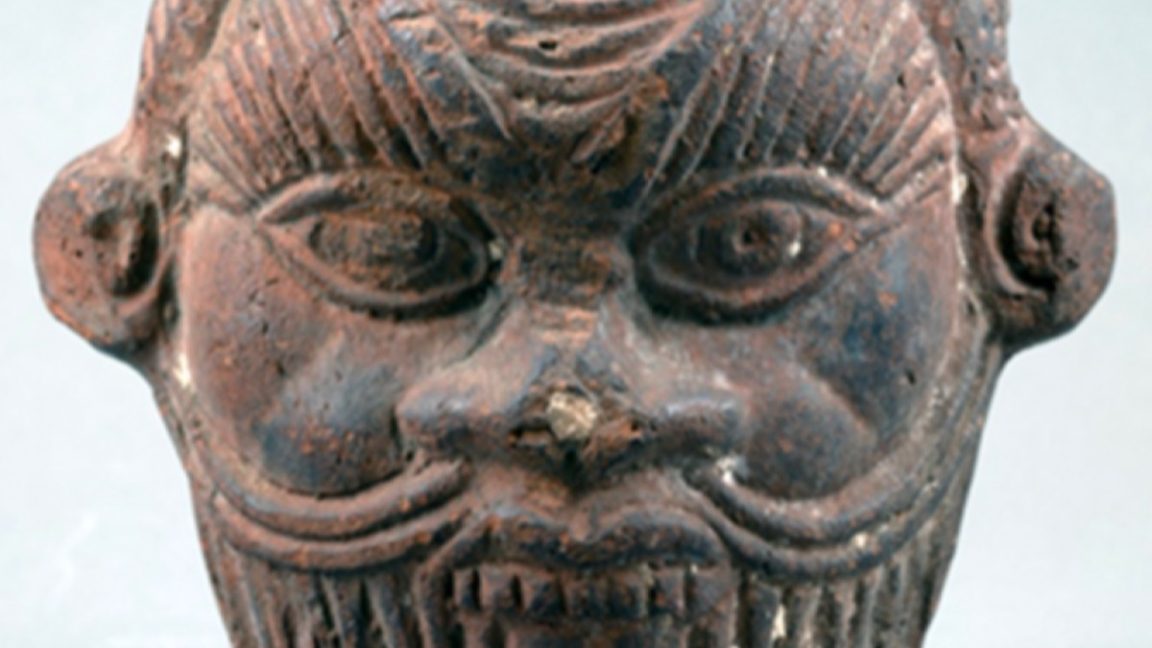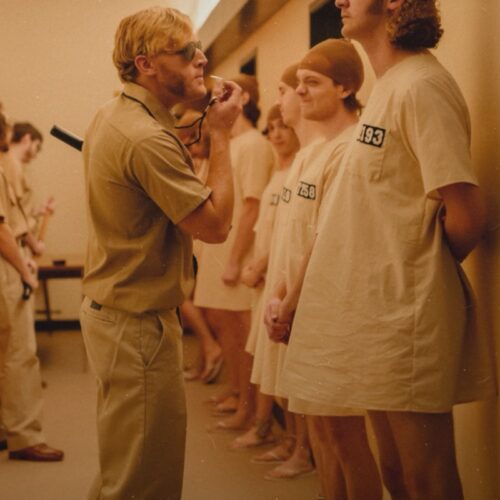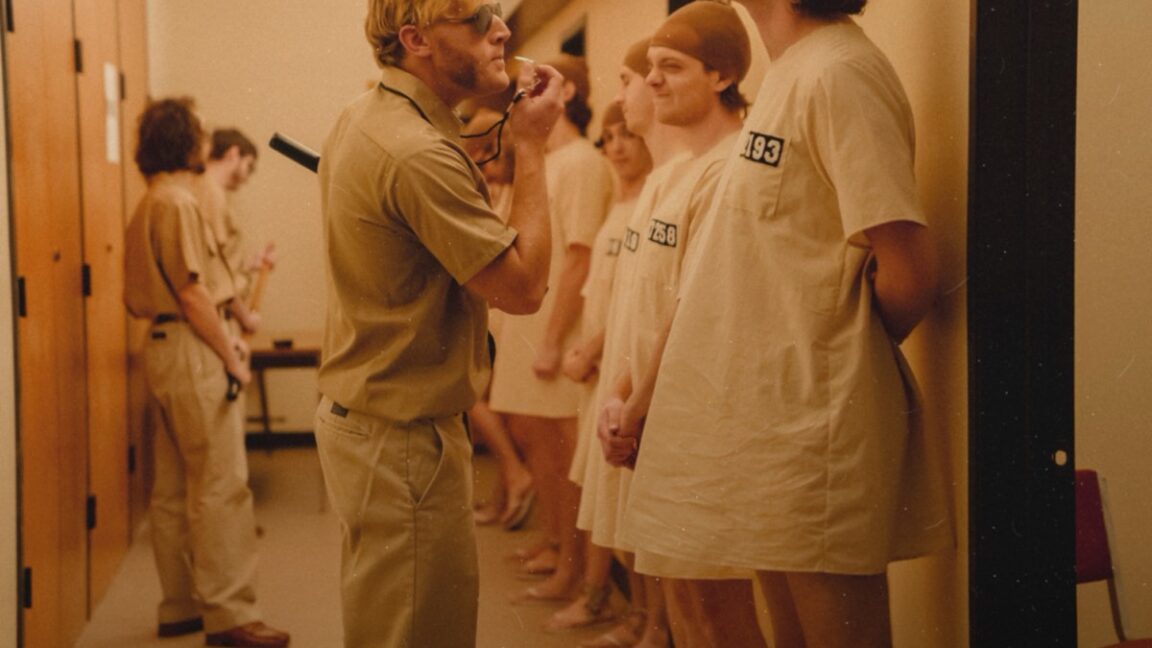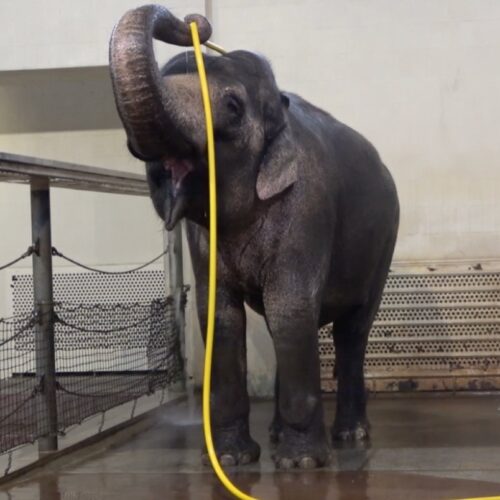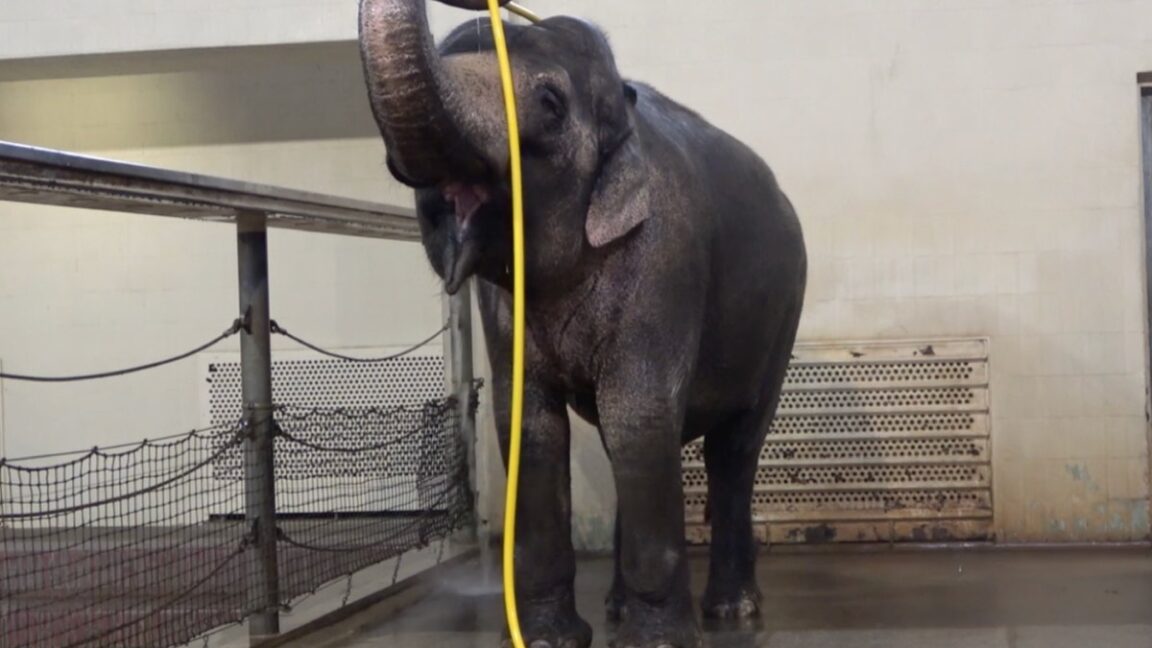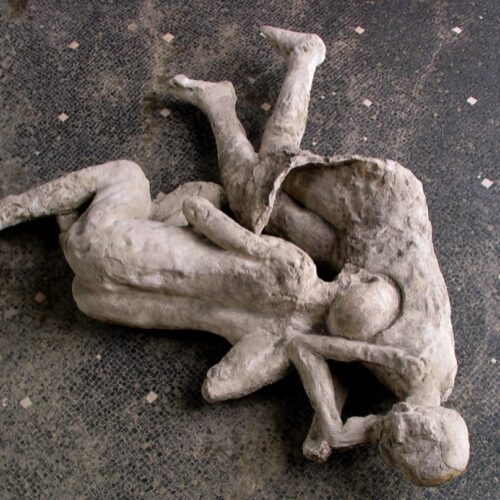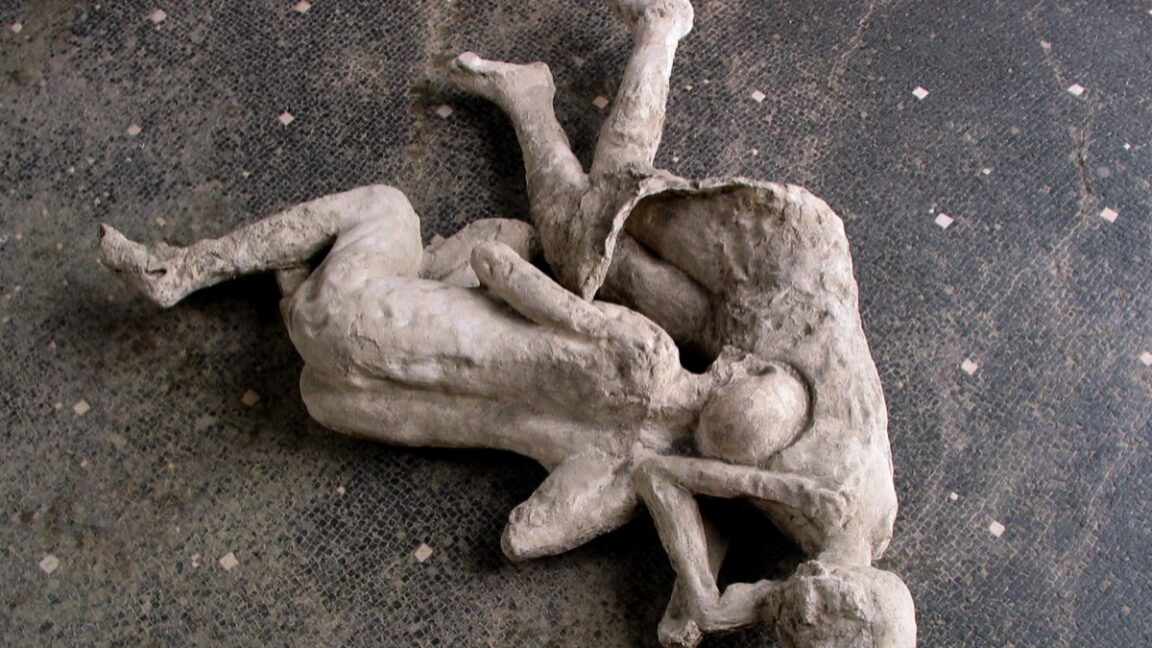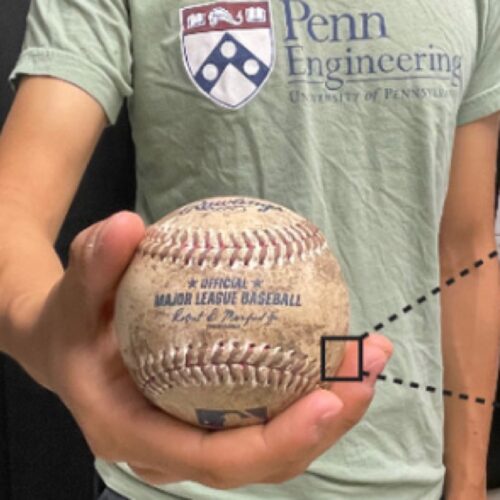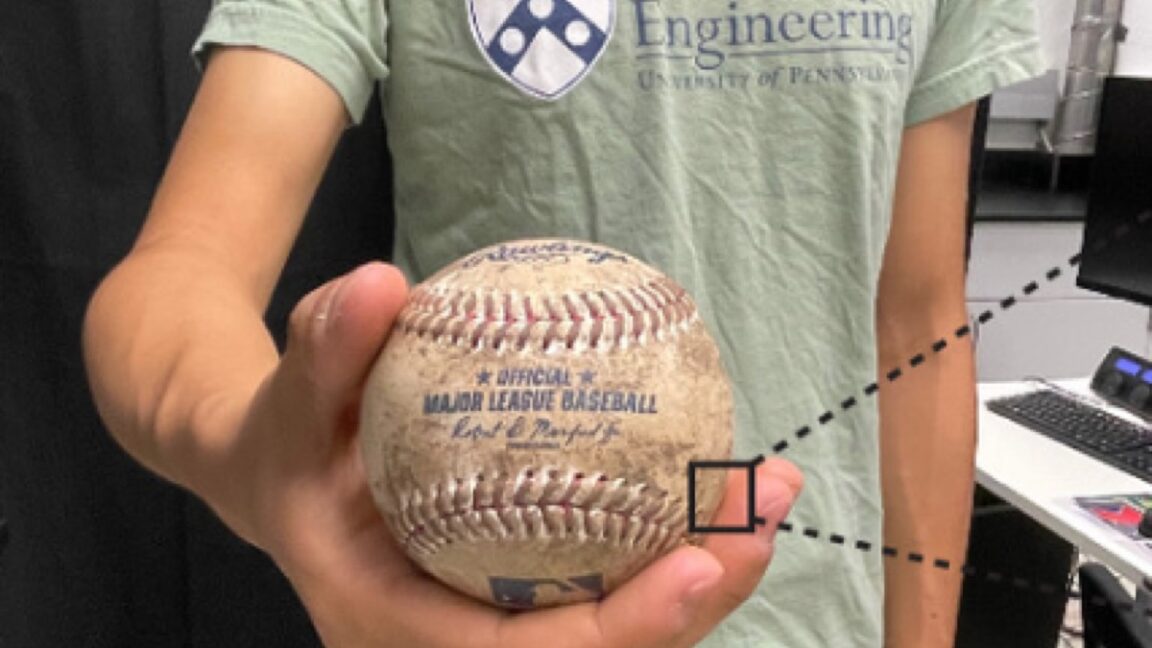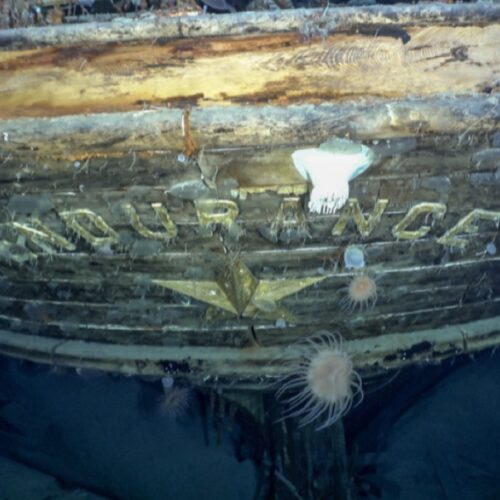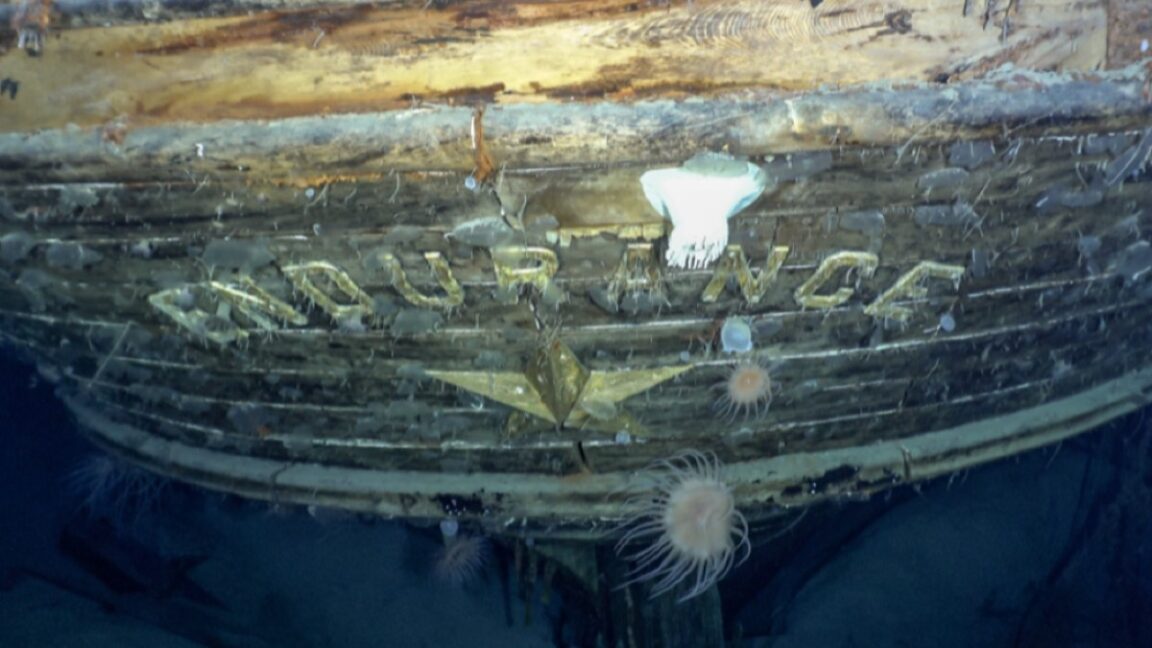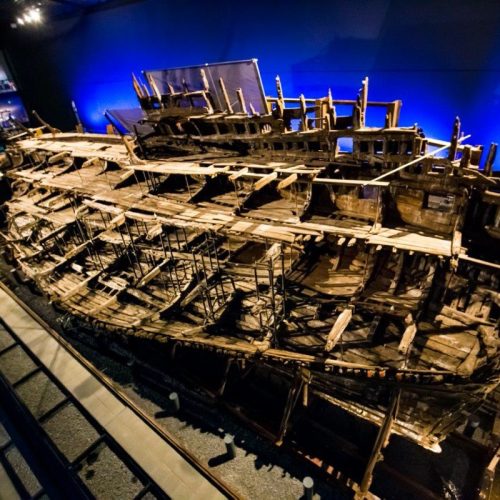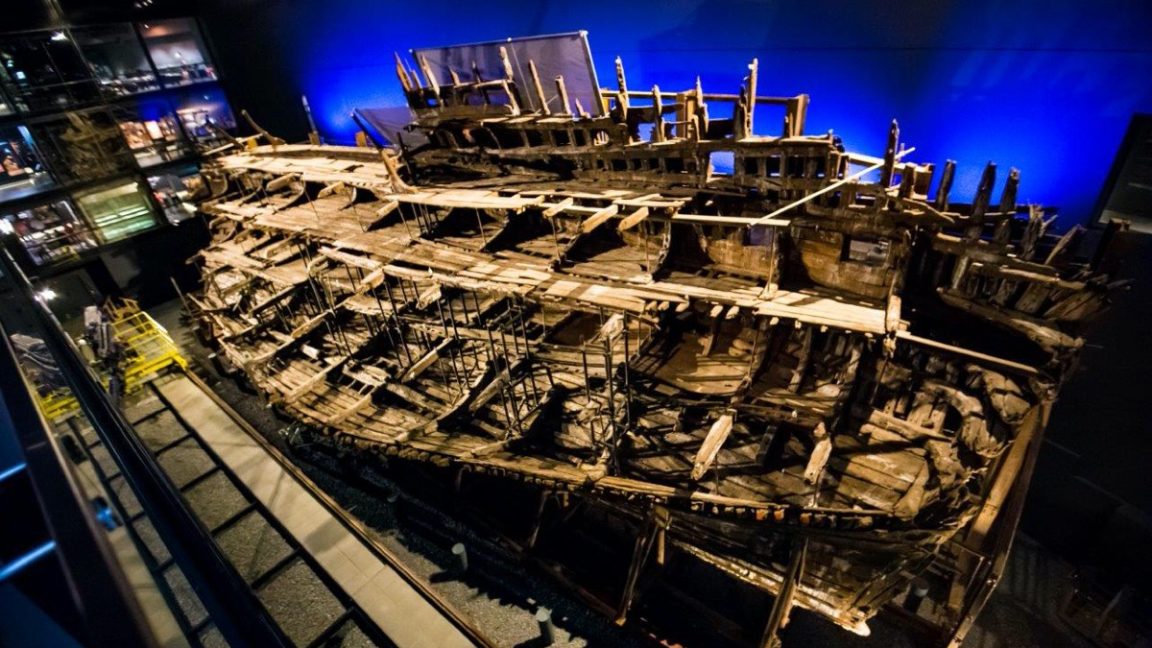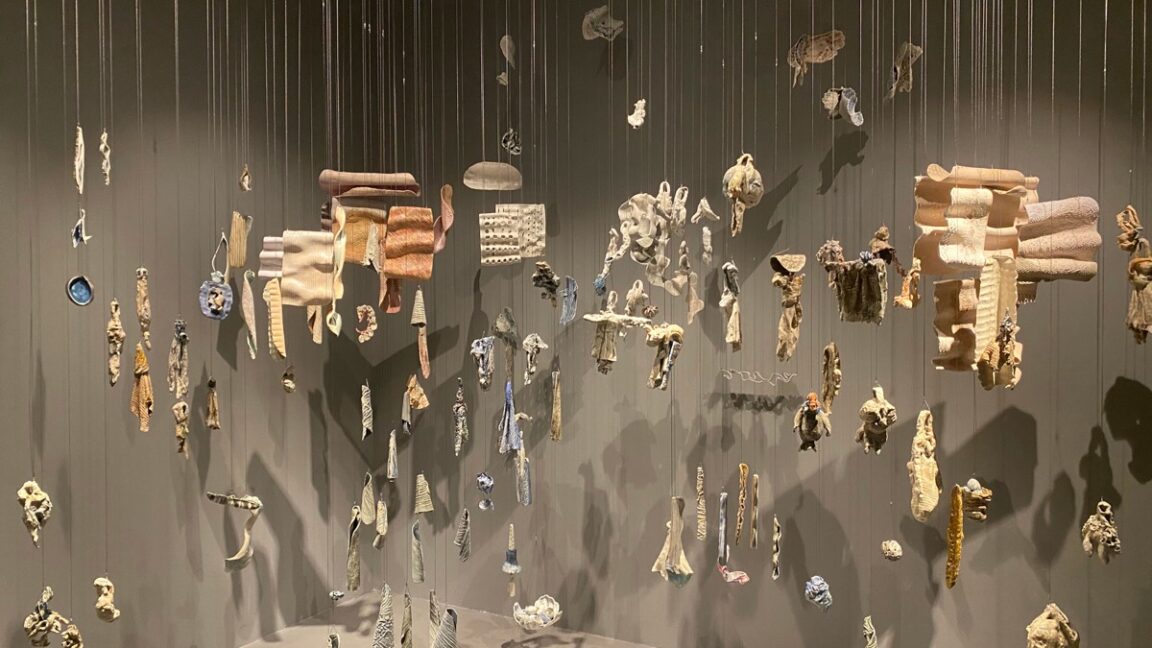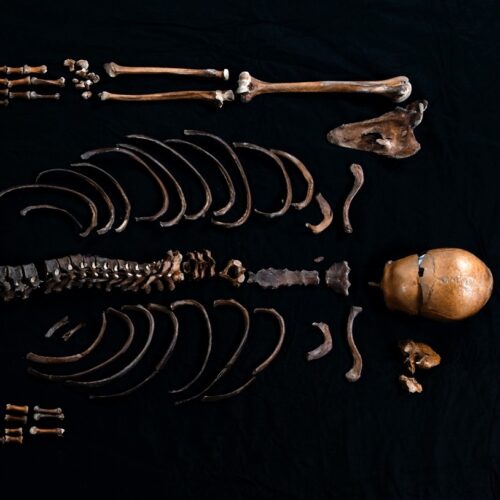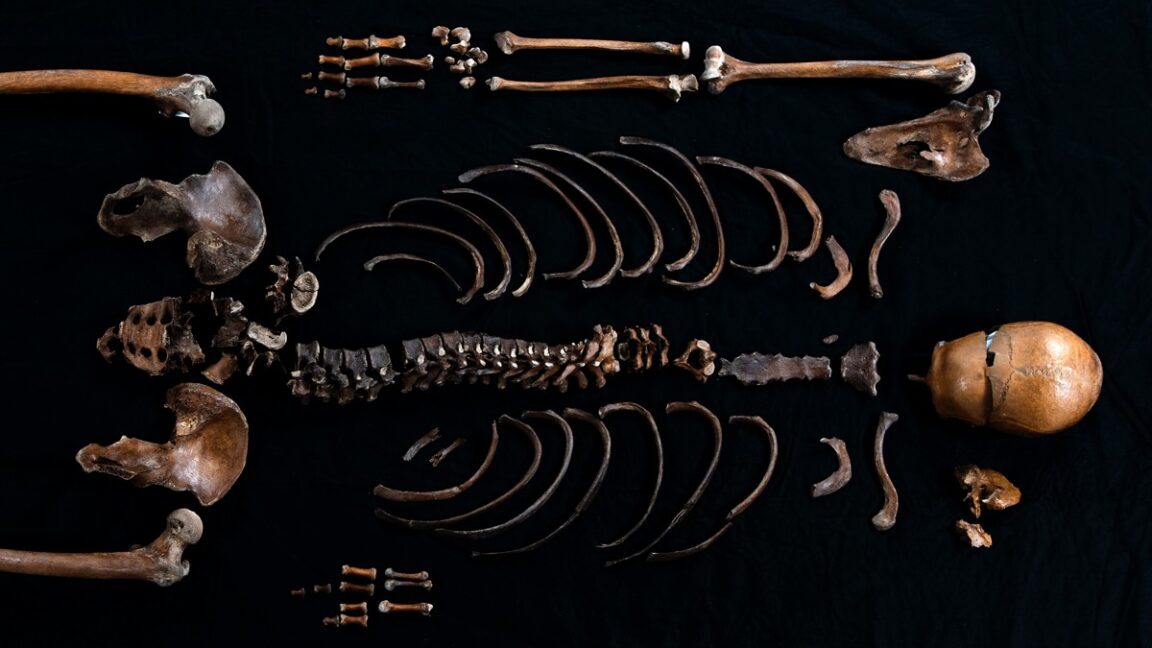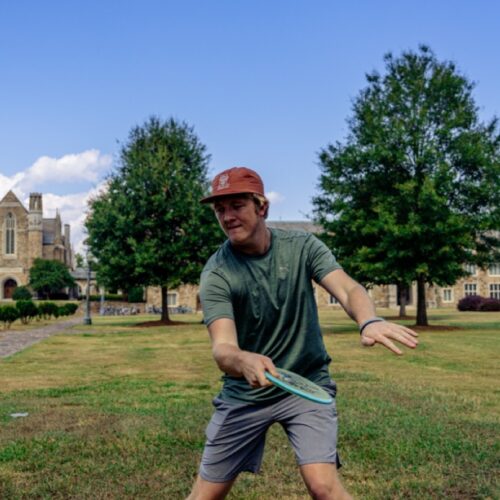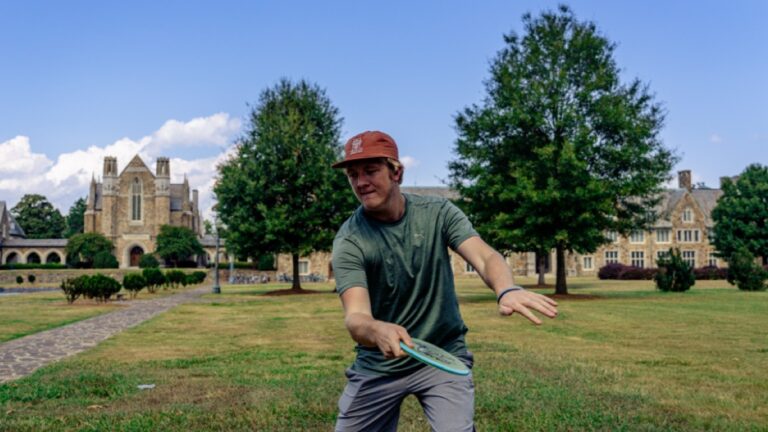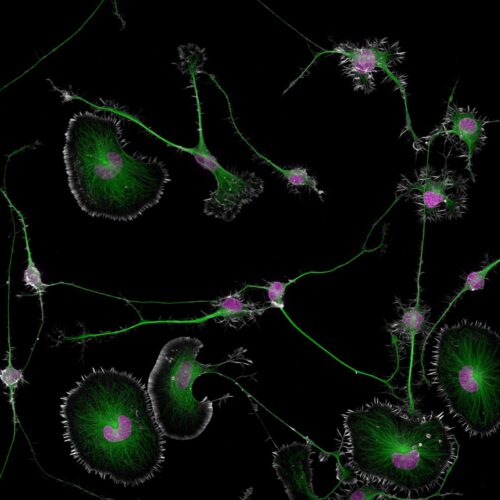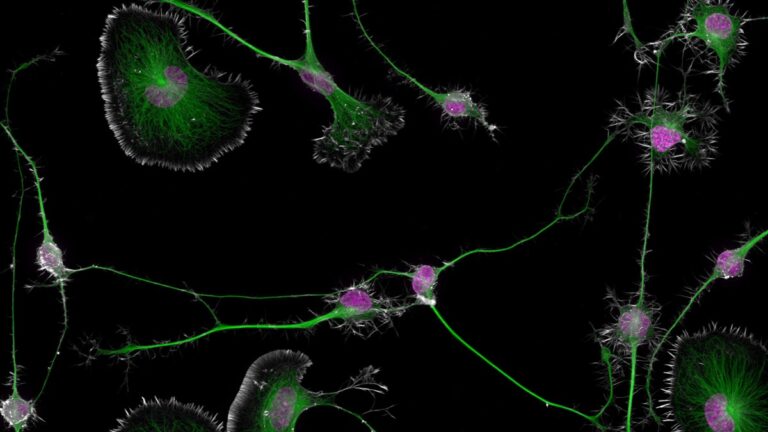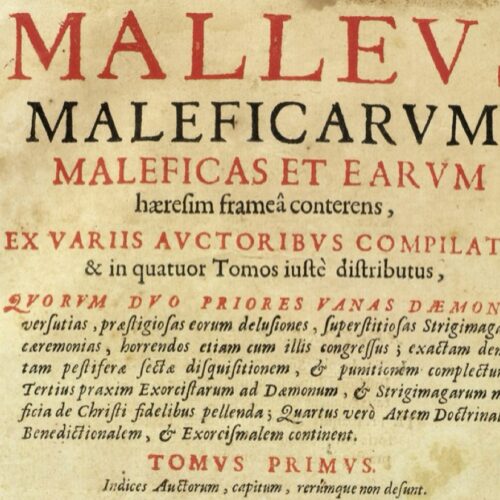Survivors mark 20th anniversary of deadly 2004 tsunami
In the wee hours of December 26, 2004, a massive 9.2 earthquake occurred in the Indian Ocean, generating an equally massive tsunami that caused unprecedented devastation to 14 countries and killing more than 230,000. Twenty years later, National Geographic has revisited one of the deadliest natural disasters in recorded history with a new documentary: Tsunami: Race Against Time. The four-part series offers an in-depth account of the tsunami's destructive path, told from the perspectives of those who survived, as well as the scientists, journalists, doctors, nurses, and everyday heroes who worked to save as many as possible.
Geophysicist Barry Hirshorn—now with Scripps Institution of Oceanography at the University of California, San Diego—was on duty at the Pacific Tsunami Warning Center in Hawaii that day (3 PM on Christmas Day local time). His pager went off, indicating that seismic waves had set off a seismometer in Australia, and Hirshorn rushed to the control room to locate the quake's epicenter with his colleague, Stuart Weinstein.
They initially pegged the quake at 8.5 magnitude. (It was later upgraded to 8.9 and subsequently to a whopping 9.2 to 9.3 magnitude.) But despite its strength, they initially did not think the quake would generate a tsunami, at least in the Pacific. And such events were incredibly rare in the Indian Ocean.
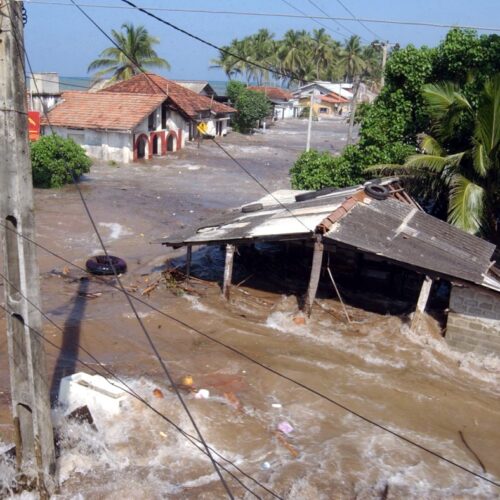
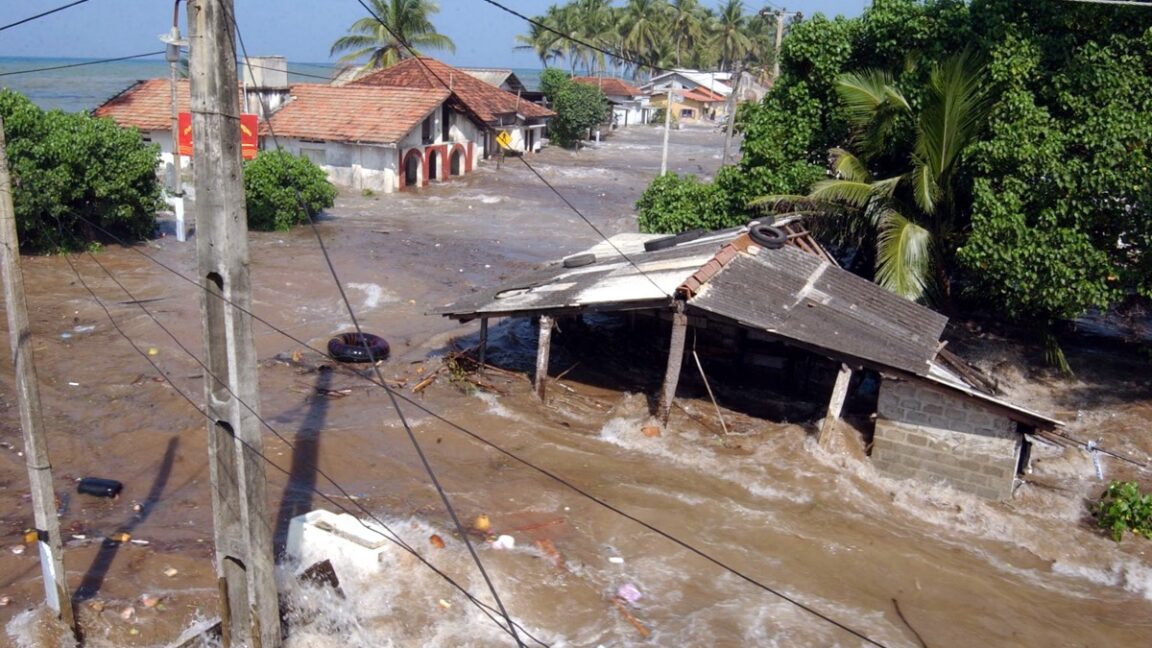
© The Associated Press/Gemunu Amarasinghe
